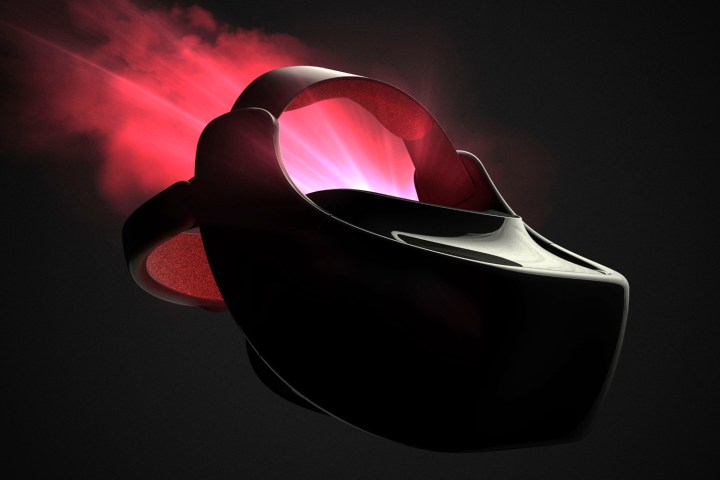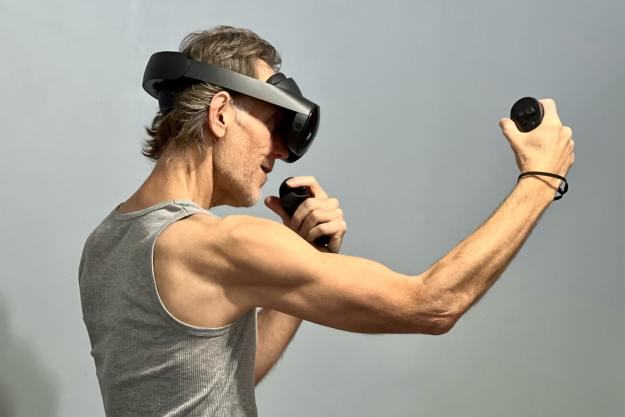
Prior to HTC’s announcement, Google revealed its stand-alone Daydream VR headset initiative during its developer conference in May. It’s based on a hardware design created by Qualcomm that will be used by third-party manufacturers to sell their own stand-alone Daydream-based VR headsets. However, Qualcomm’s hardware used in the Daydream headsets will be peppered with Google’s WorldSense technology, which is a positional tracking system that keeps tabs on the user’s surroundings as they freely move untethered in physical space.
Two companies already signed on to create Daydream-based stand-alone VR headsets are HTC and Lenovo, which are expected to provide units to purchase before the end of 2017. Because the reference design doesn’t rely on a smartphone, there won’t be phone-related hardware and software hogging valuable resources. The headsets will be fine-tuned for two smaller screens for the optimal mobile VR experience.
But even the Daydream reference design stems from a mobile VR platform created by Qualcomm. According to the company’s developer kit, it’s based on the Snapdragon 835 chip, and two displays that produce a 2560 x 1440 resolution combined. The design is backed by 4GB of LPDDR4 system memory, and 64GB of internal storage for housing all those VR experiences. Other features include a built-in trackpad for manual input, Bluetooth, and Wi-Fi connectivity.
Qualcomm’s hardware layout is likely the foundation that powers the joint effort between HTC and Qualcomm in China. This version won’t have Google’s involvement even though it may look similar to the Daydream model showcased during Google’s developer conference. According to Qualcomm, superficial aesthetics will slightly differ.
So if this stand-alone headset isn’t powered by Android, then what will be the base operating system? HTC’s Daydream model set to hit the Western market will be based on Daydream 2.0 “Euphrates” and the Android O platform. However, Qualcomm couldn’t comment on the Google-free, China-bound model. Instead, the company stated that HTC would share additional information in the coming weeks.
Outside the removal of Android and the Daydream platform, the Chinese model will obviously not support Google’s WorldSense technology. However, the headset will likely include front-mounted cameras with fisheye lenses, a gyroscope, an accelerometer, and motion sensing technology provided by Leap Motion.
“Partnering with Qualcomm to deliver an easy to use and more affordable Vive VR system will enable us to make premium stand-alone VR widely accessible to the masses in China,” said Alvin W. Graylin, China regional president of Vive, HTC.
HTC and Qualcomm didn’t say when the stand-alone VR headset will hit the Chinese market, but hopefully it will arrive in time to take on Samsung’s Odyssey stand-alone VR headset. Developers interested in creating content for HTC’s China-bound headset can head to Viveport.com for more information.
Editors' Recommendations
- This new VR headset beats the Vision Pro in one key way and is half the price
- Qualcomm and Samsung are teaming up to fight Apple’s Vision Pro
- Meet the Qualcomm chips powering Meta’s Quest 3 headset
- New leak reveals exactly how Apple’s VR headset will work
- Leak reveals how Apple VR headset’s hand tracking may work

